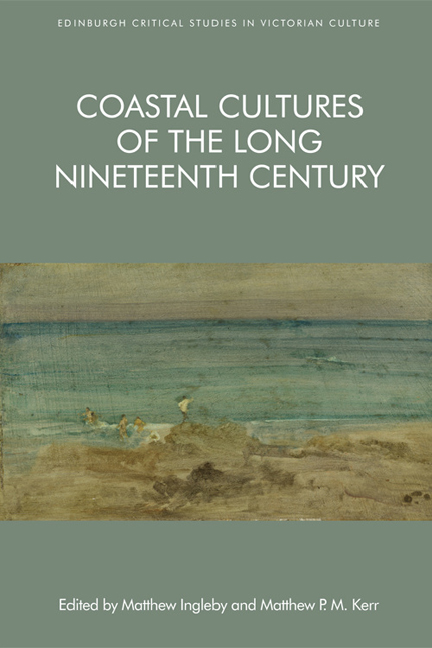13 - Symons at the Seaside
Published online by Cambridge University Press: 01 May 2021
Summary
Born in Pembrokeshire and growing up in Cornwall and Devon, Arthur Symons (1865–1945) had an imaginatively productive, often complex relationship with the sea. As someone who identified himself primarily as a Celt, he had little interest in the history or mythology of English nautical heroism, and was unconcerned with the sea as a means of national defence: the intensifying naval rivalries of early twentieth-century Europe left him unmoved. The sea was instead an aesthetic spectacle, ‘alone of natural things’, he said, in ‘obey[ing] Aristotle's law in art, that for perfect pleasure there must be continual slight variety’. The experienced sailor Joseph Conrad suggested that ‘the sea is always the same’, but Symons disagreed with his friend. ‘I suppose many waves are identical out of the infinite number of waves which break on any point of shore,’ he conceded. ‘But some happy accident of wind or tide or sunlight seems always to bring in its own variation.’ The sea was something to watch, delight in and occasionally be fearful of, as can be seen in his depiction of the pilchard fishermen of St Ives in his story ‘Seaward Lackland’ in Spiritual Adventures (1905), or the lonely woman of ‘The Fisher's Widow’, a bleak vignette from his first collection of poetry, Days and Nights (1889). However, apolitical, uninterested in economic, military or logistical questions, and determinedly solipsistic in privileging his Paterian ‘sensations and impressions’ above all else, Symons paid little heed to the practicalities of coastal life and rarely considered them in any detail. Like his alter ego Daniel Roserra in another ‘spiritual adventure’, ‘An Autumn City’, ‘He chose a city, a village, or a sea-shore for its charm, its appeal to him personally; nothing else mattered.’
This chapter examines some of Symons's encounters with the Atlantic, the Channel and the Mediterranean, with particular reference to his determination to aestheticise the natural world, a central characteristic of the decadent literature with which he was strongly associated during the 1890s and early 1900s. When he is not simply regarded as a fly caught in the amber of 1890s decadence, Symons is typically categorised as a proto-modernist outstripped by more radical writers, or as the man who, through The Symbolist Movement in Literature (1899), introduced T. S. Eliot to the French avant-garde.
- Type
- Chapter
- Information
- Coastal Cultures of the Long Nineteenth Century , pp. 242 - 255Publisher: Edinburgh University PressPrint publication year: 2018



